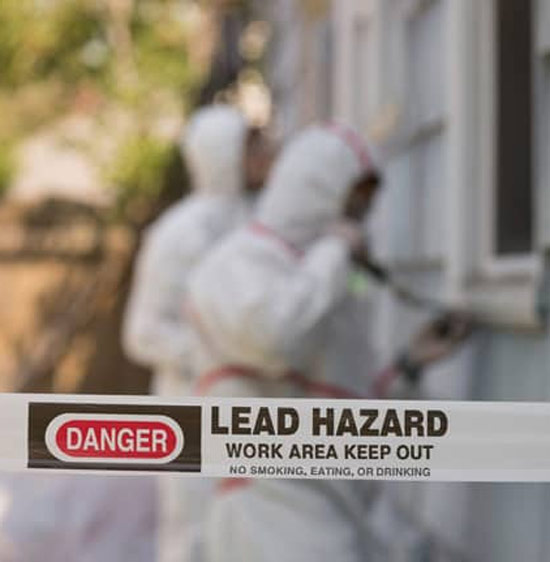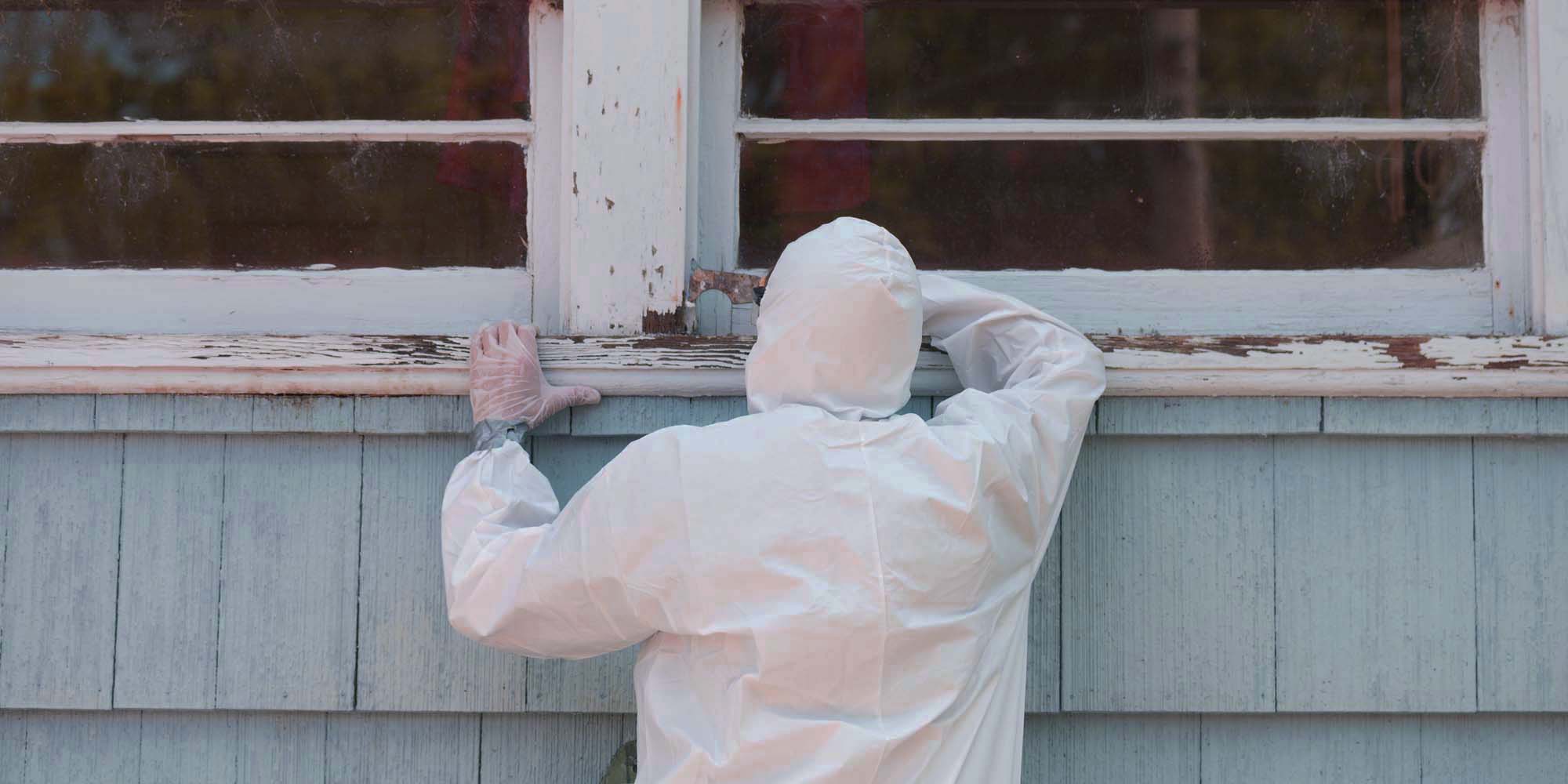Comprehensive Guide on Effective Lead Violation Removal Methods
In the world of ecological safety and security, dealing with lead violations demands a meticulous and organized method. This detailed guide begins by highlighting the vital preliminary steps of recognizing lead risks with sophisticated evaluation and screening techniques. Methods such as XRF evaluation and dirt wipe sampling are vital in determining contamination resources. The guide elaborates on the importance of sticking to rigid security protocols during the elimination procedure, including the use of proper PPE and separating influenced areas. The subsequent areas guarantee to talk about post-removal confirmation and precautionary methods, guaranteeing long-term safety and security and conformity. Discover the elaborate information that make these methods not simply effective yet necessary.
Recognizing Lead Threats
Recognizing lead hazards is a vital very first action in reducing the dangers connected with lead direct exposure. Lead, a toxic metal, can be present in various ecological tools, consisting of paint, soil, water, and dirt.
The first stage in identifying lead hazards involves comprehending typical lead sources within the developed atmosphere. Structures developed before 1978 are especially prone as a result of the common use lead-based paint during that period. Additionally, soil contamination can occur from wearing away outside paint, commercial discharges, or historical use leaded gasoline.
Another substantial resource is lead piping and plumbing fixtures, which can leach introduce alcohol consumption water. Durable goods such as toys, ceramics, and imported items might likewise include damaging lead levels. Notably, job-related settings and pastimes involving lead can track contaminants right into homes.
Analysis and Testing
When attending to lead risks, reliable analysis and testing are paramount. This critical step makes sure the recognition and quantification of lead visibility, consequently directing succeeding removal efforts. Preliminary evaluation usually involves an aesthetic evaluation to identify possible lead resources, such as wearing away paint or polluted dirt. This is matched by more extensive testing methods to determine the level of contamination.

Dust clean tasting is another essential technique, especially in household setups. By collecting samples from floors, windowsills, and other surface areas, this approach gives insights right into possible direct exposure threats. Soil screening around building boundaries is necessary to identify lead contamination that could pose hazards, especially to children.
Safe Removal Procedures
Upon finishing detailed analysis and screening, applying secure elimination treatments is the next vital phase in dealing with lead risks. This process guarantees that lead-contaminated materials are effectively and navigate here securely removed, lessening danger to both workers and residents. The primary step entails separating the affected area making use of plastic sheet and proper sealing strategies to stop the spread of lead dust.
Workers have to put on suitable personal safety devices (PPE), consisting of respirators, gloves, and disposable coveralls, to mitigate direct exposure. Using specialized devices and wet approaches, such as damp sanding or making use of HEPA-filtered vacuums, decreases the dispersion of lead fragments. It is vital to avoid completely dry sanding or unpleasant blasting, as these methods can produce hazardous lead dust.
Waste disposal is one more vital part; all contaminated products should be firmly nabbed and classified according to EPA and local policies. In addition, complete cleaning of the work location with HEPA vacuums and damp cleaning guarantees the elimination of residual lead fragments.
Post-Removal Verification

Verification of effective lead removal, understood as post-removal confirmation, is vital to make certain the safety and habitability of the remediated area. This process entails a collection of meticulous evaluations and examinations made to spot any type of recurring lead fragments that may posture health and wellness dangers. The first action get more generally includes a visual assessment to analyze the completion and top quality of the removal job. This inspection makes sure that all recognized sources of lead have been dealt with which no visible indications of contamination continue to be.
Complying with the visual inspection, environmental tasting is performed. This entails accumulating dirt, dirt, and in some cases water samples from the remediated area. Accredited research laboratories assess these examples to determine lead levels, ensuring they drop listed below the security thresholds developed by governing bodies such as the Environmental Security Firm (EPA)
Additionally, air quality screening might be done to find air-borne lead fragments, specifically in cases where extensive lead-based paint elimination or remodelling has actually taken place. The outcomes of these tests give measurable data confirming that the lead levels are within permitted restrictions.
Ultimately, post-removal verification works as a critical checkpoint, verifying the performance of the lead reduction initiatives and securing the wellness of occupants and visitors.
Preventative Measures and Maintenance

A crucial safety net consists of making use of lead-safe certified contractors for any kind of renovation, repair, or painting tasks. These professionals are learnt practices that lessen lead dust and debris. In addition, maintaining colored surface areas to stay clear of cracking or peeling is important, as degrading paint can release lead fragments right into the setting.
Educational campaigns targeting homeowner and occupants concerning the dangers of lead and the value of reporting any potential hazards can better enhance preventive efforts. Regular cleansing making use of HEPA vacuum cleaners and damp mopping techniques can significantly decrease lead dirt build-up.
Conclusion
In recap, efficient lead violation removal requires a meticulous technique incorporating extensive assessment, exact testing, and stringent removal procedures. Ongoing inspections and upkeep are necessary to mitigate future lead hazards, thus guarding public health and making certain sustained compliance with regulatory demands.